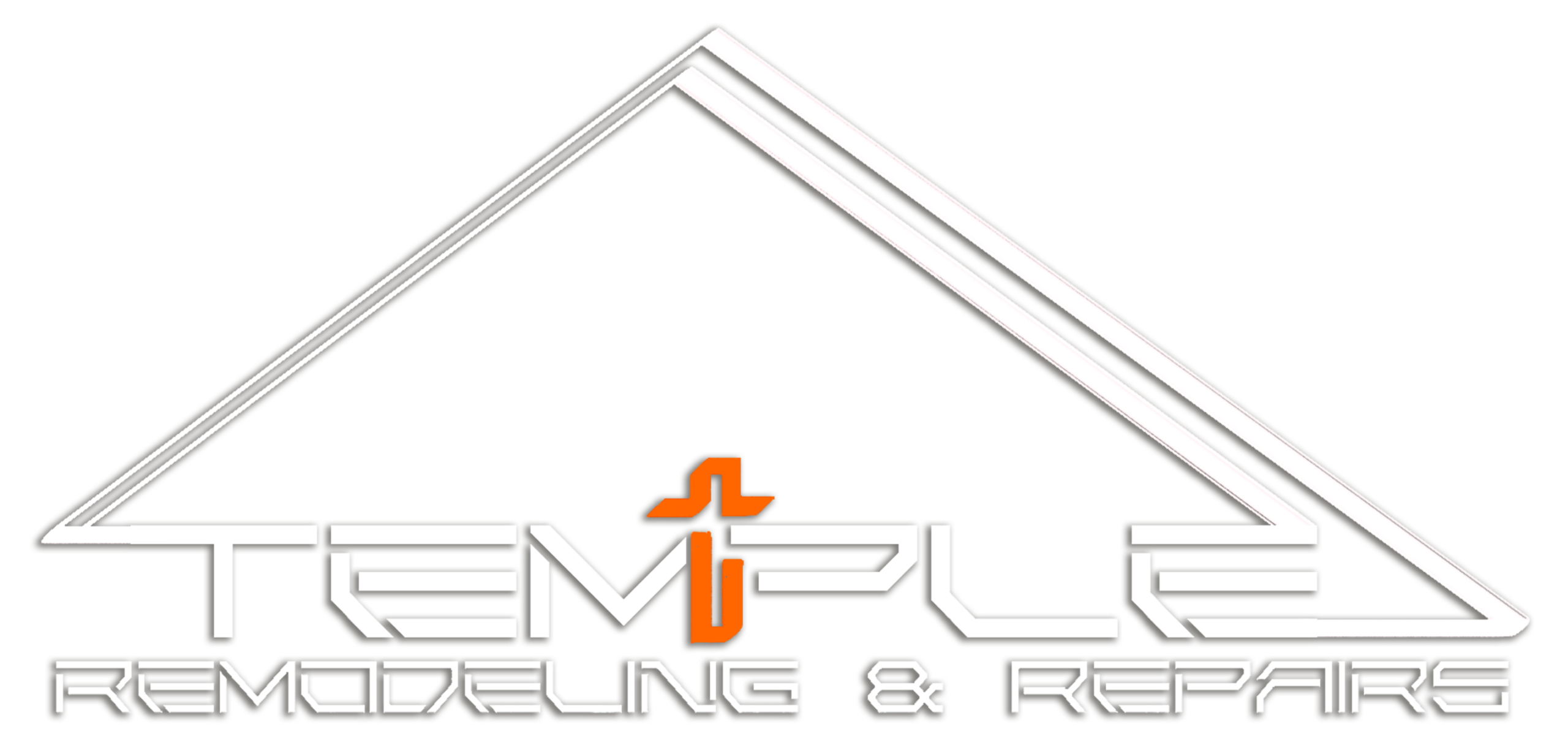Decks & Outdoor Living
Ralph Waldo Emerson said, “in the presence of nature, a wild delight runs through man, in spite of real sorrows.” Hard to argue against the wisdom of such a basic truth, however, what of those who aren’t much interested with the work involved in hiking, camping, or exploration, or those who love the peaceful breeze of the outdoors but don’t have time for such adventures? One word: decks. Actually that’s probably an oversimplification, so let’s call it outdoor living at home. Decks and outdoor living in general are not new concepts, with their origins tracing back hundreds to thousands of years, but modern technology and intelligent designs take outdoor living to a new level with endless options for customization.
There’s an innate appeal for outdoor living in almost everyone; raised garden beds for the green thumb experts, covered yard swings and pergolas for the rainy daydreamers, patios and decks for the host masters and grill kings, private gazebos for afternoon tea and celebrations, the shady lounge for just-one-more-chapter readers–the list goes on and on. If you desire a peaceful slice of the outdoors, or enjoy hobbies in the open air then outdoor living might just be calling your name.
With so many designs and options available to you we’d be remiss if we didn’t specifically touch on one of the areas we have worked extensively in–decks. We often get questions concerning material options for decks, their differences, and how to choose which is suitable for you, the customer. To help answer these questions we compiled a brief list below of several decking materials, concerns, and applications we’ve encountered through the years. Please read at your own convenience.
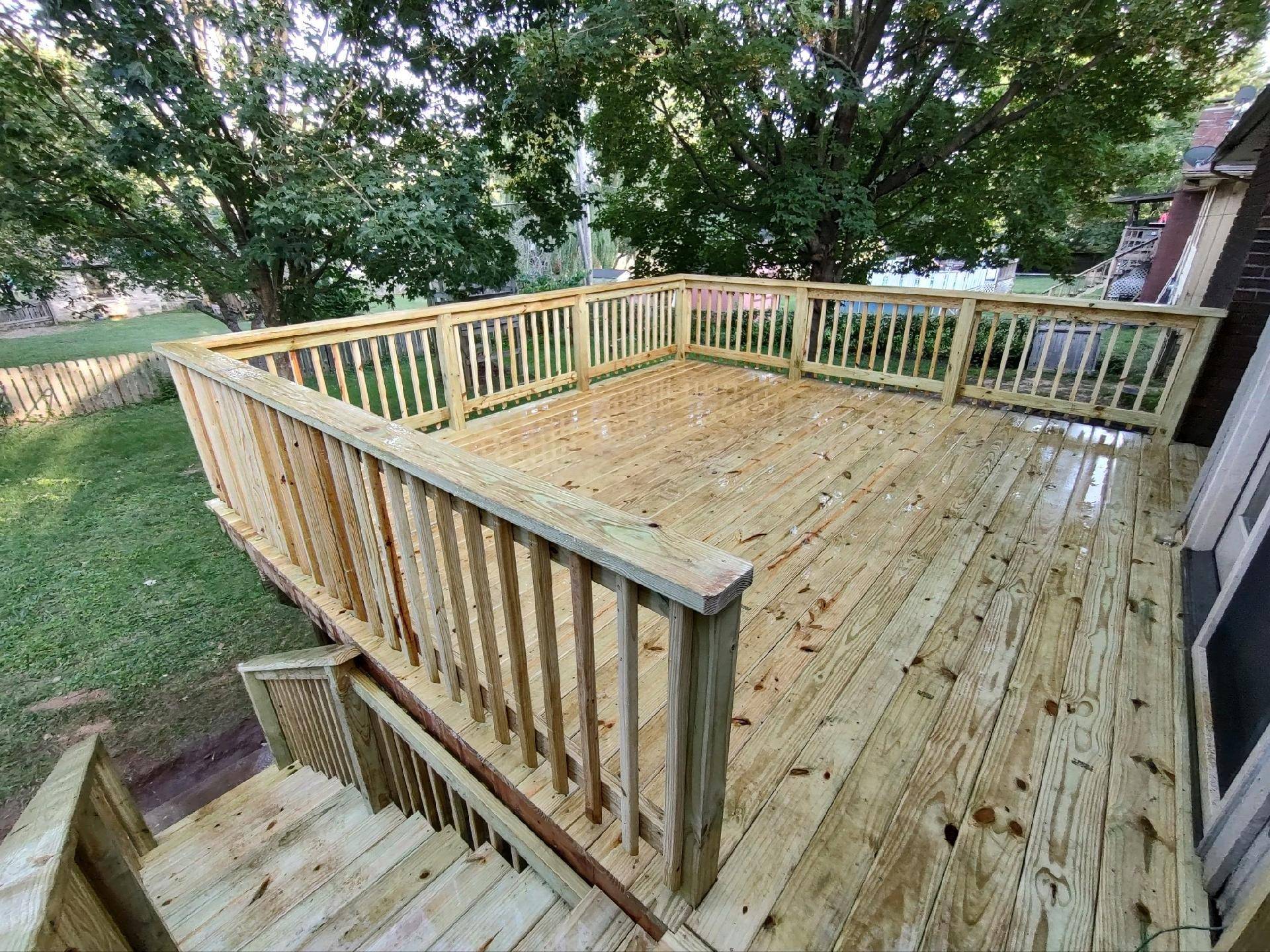

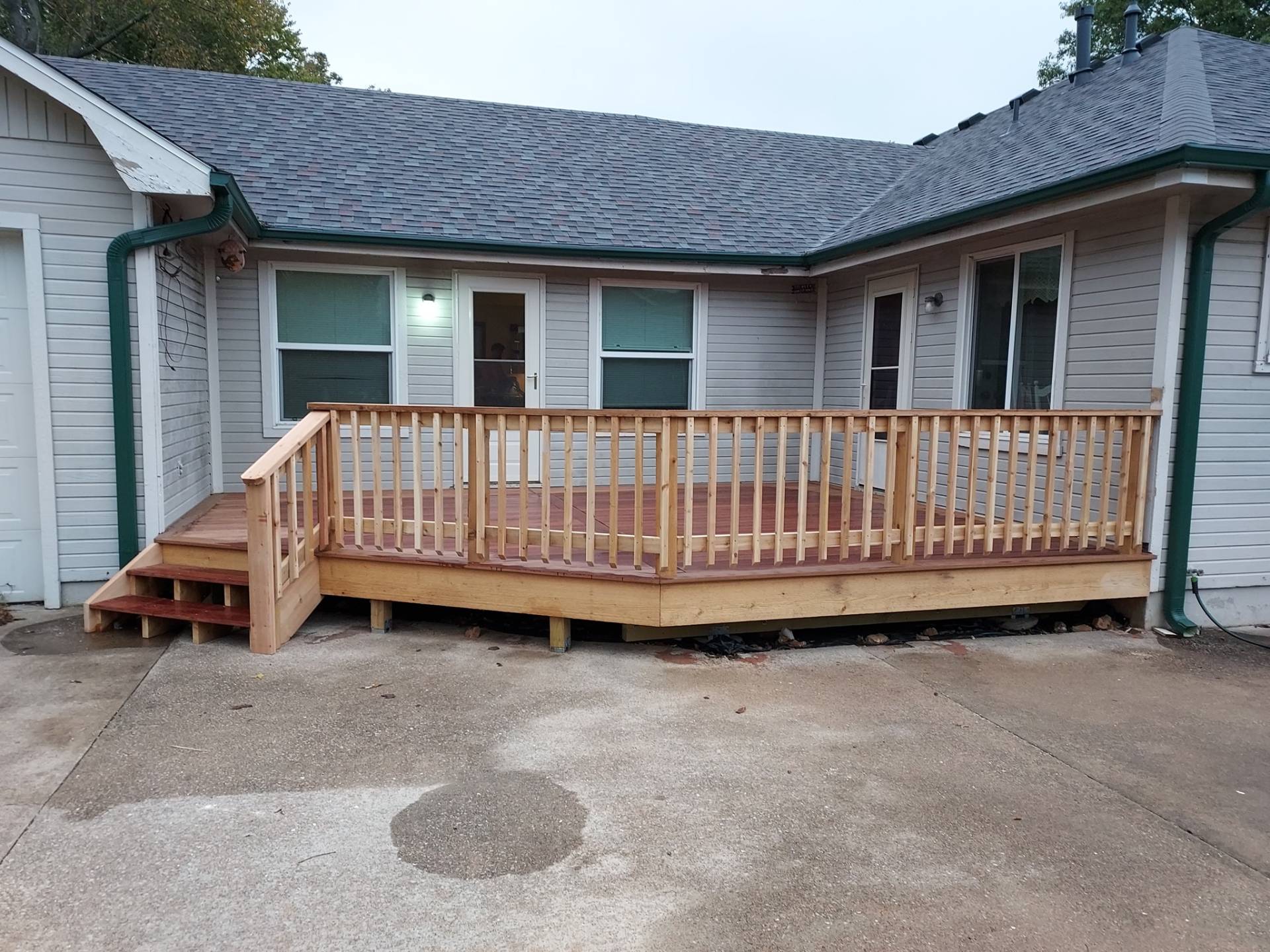
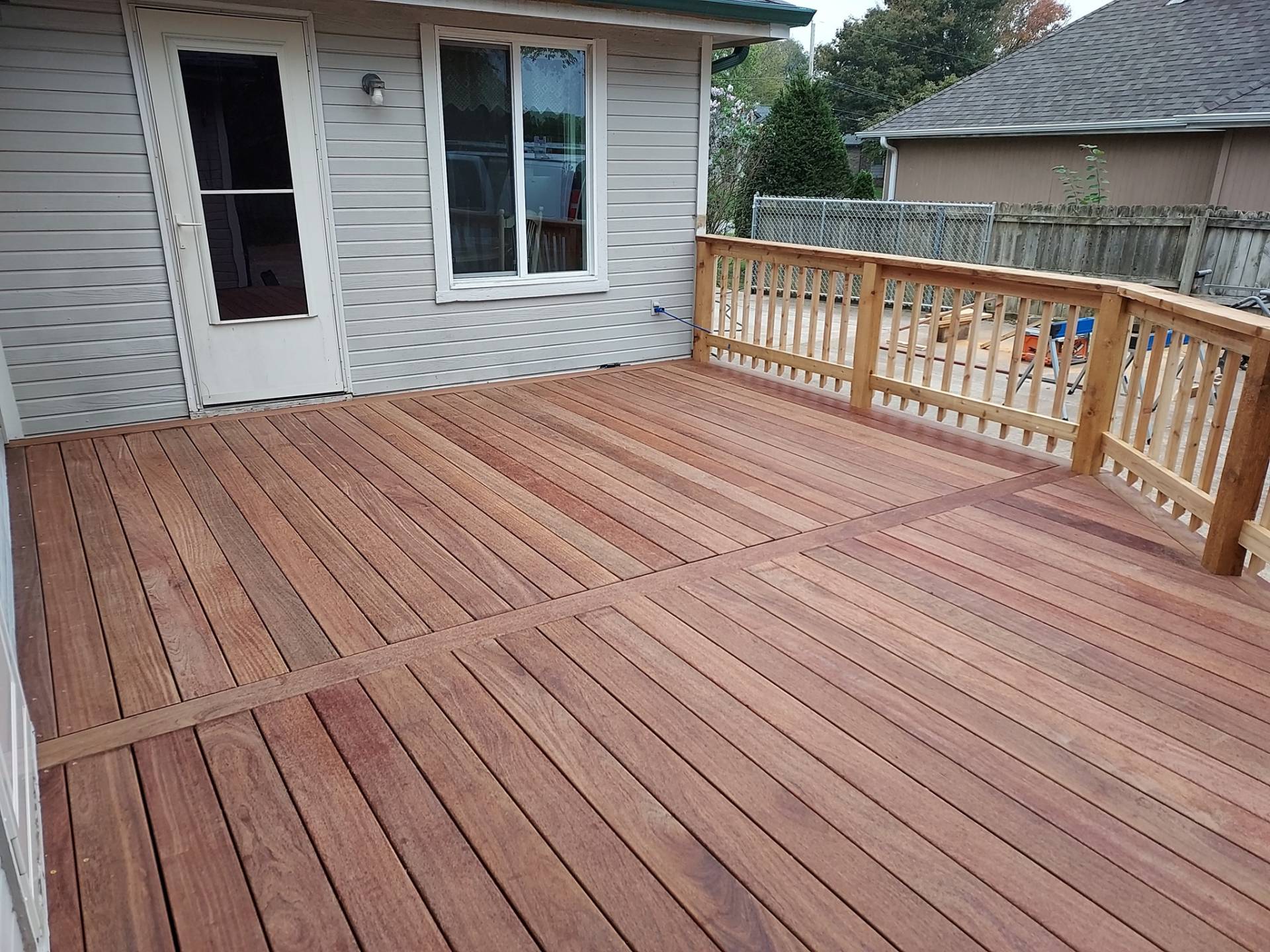
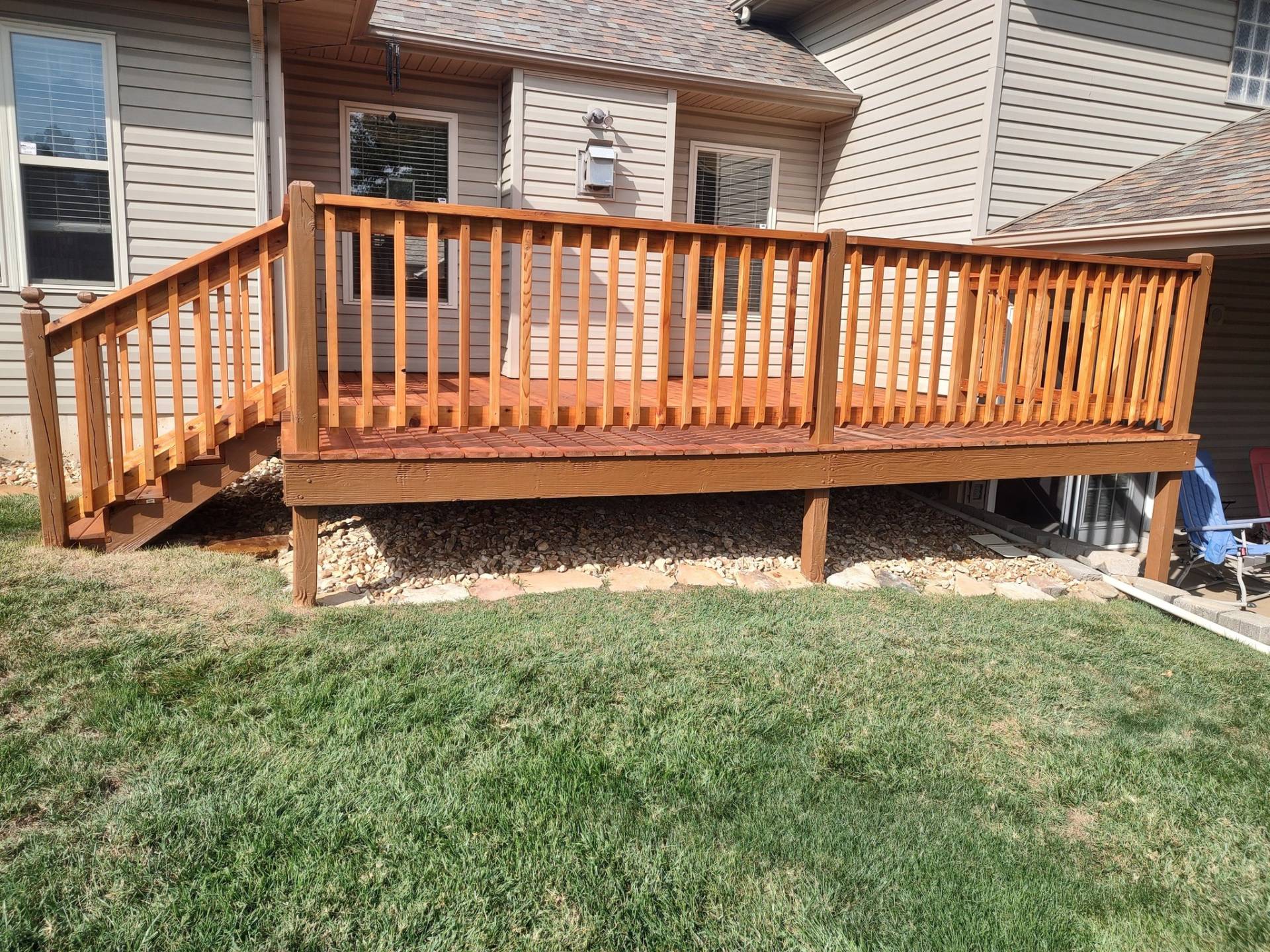
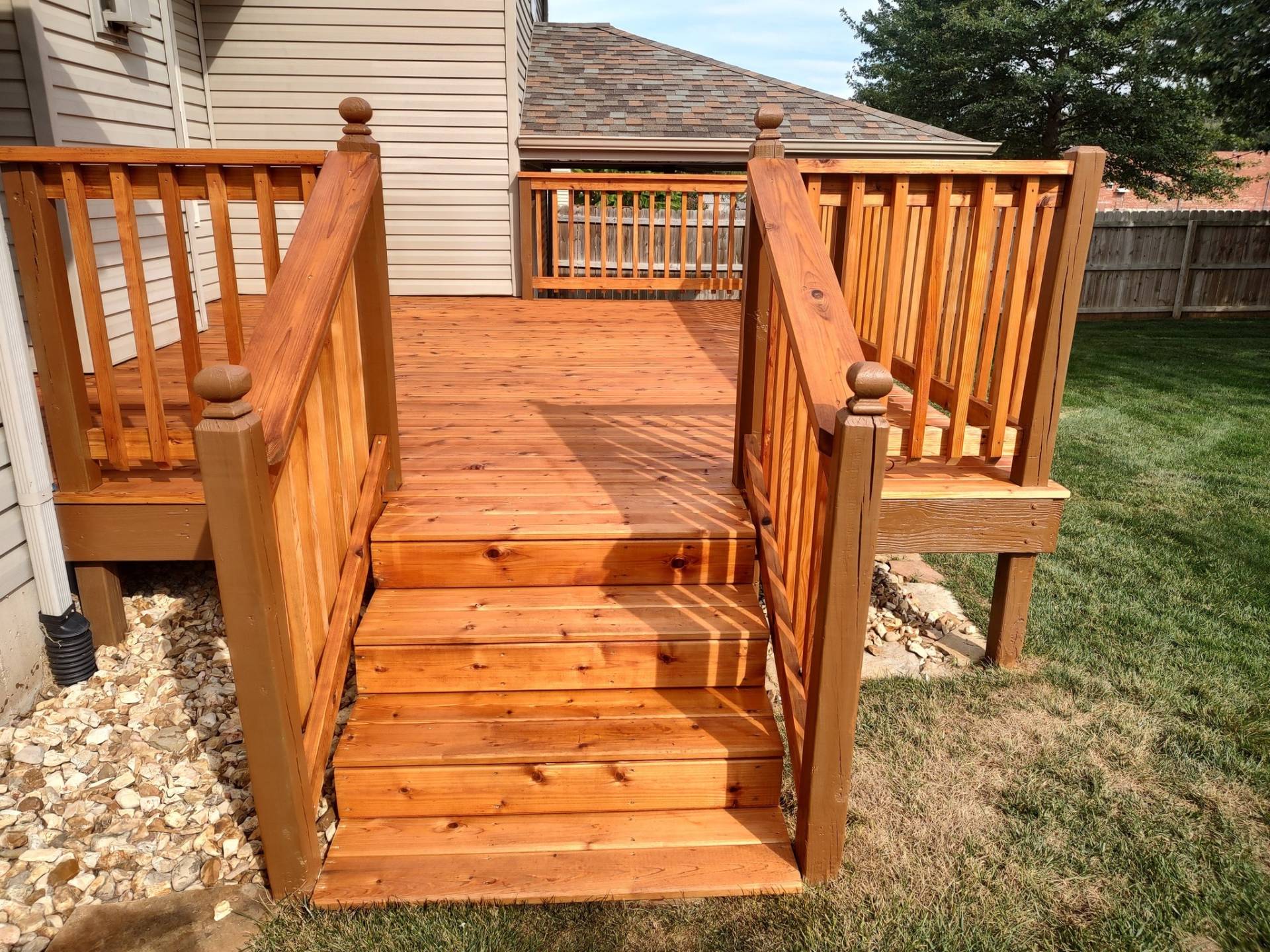
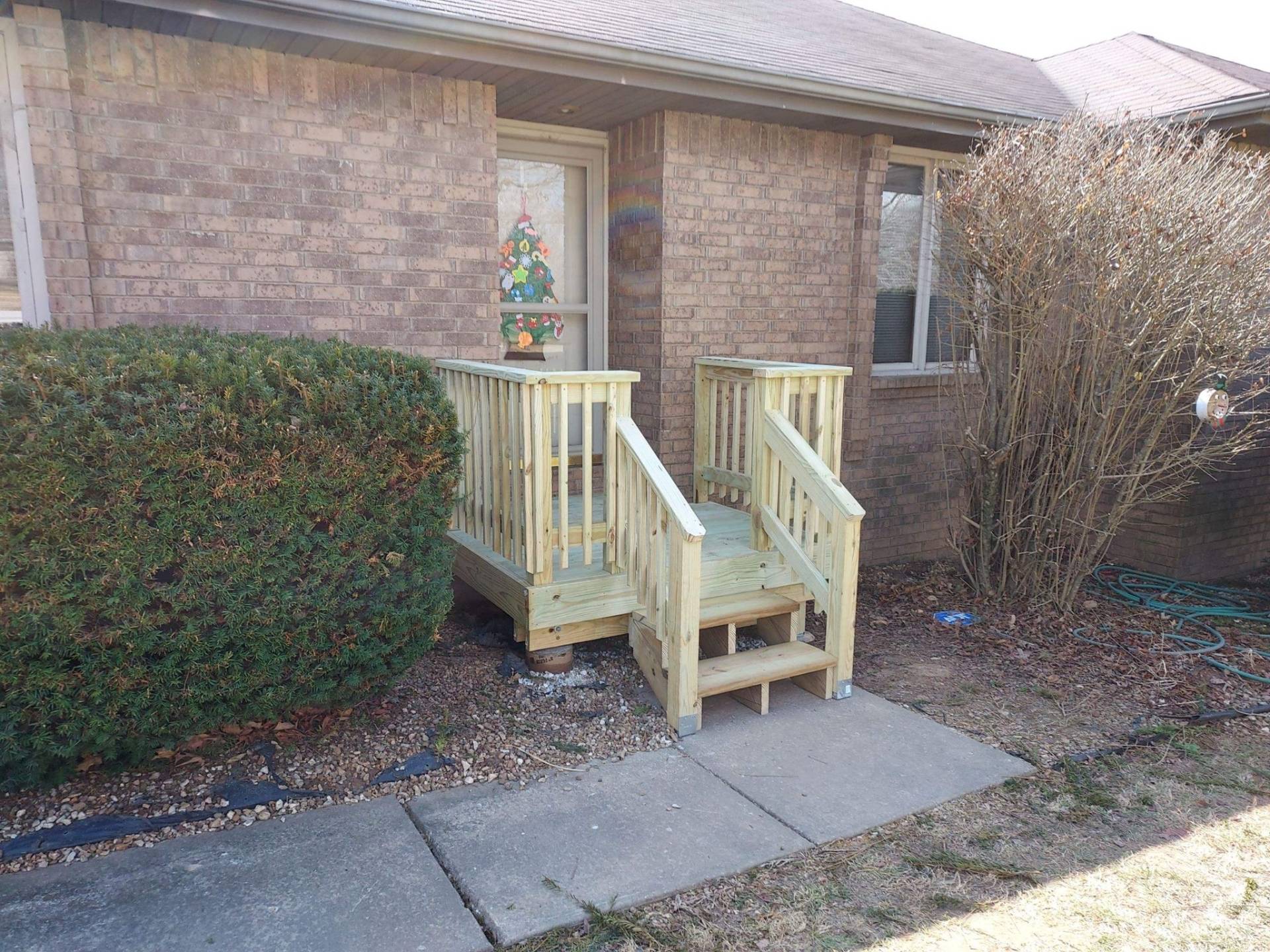

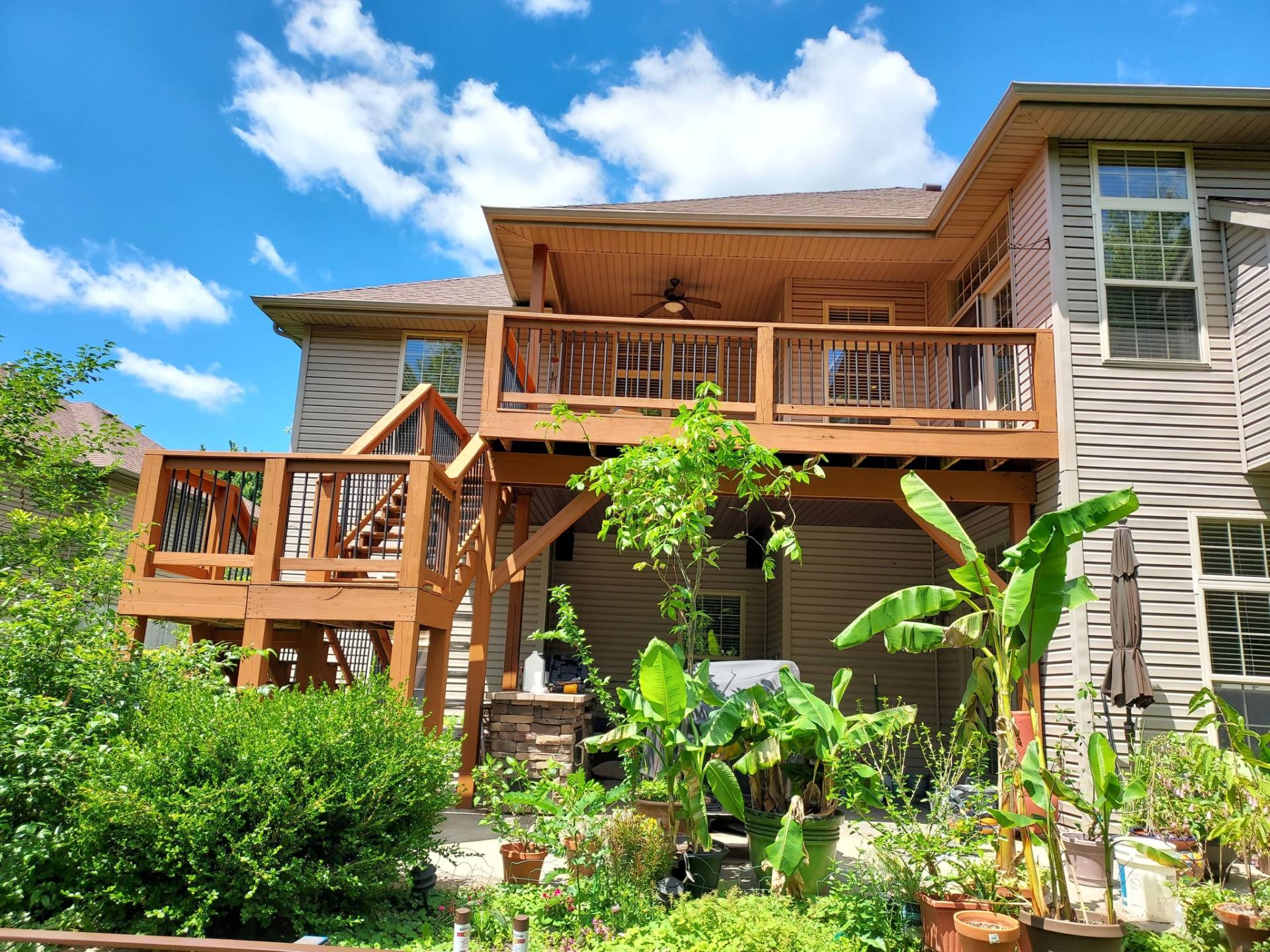
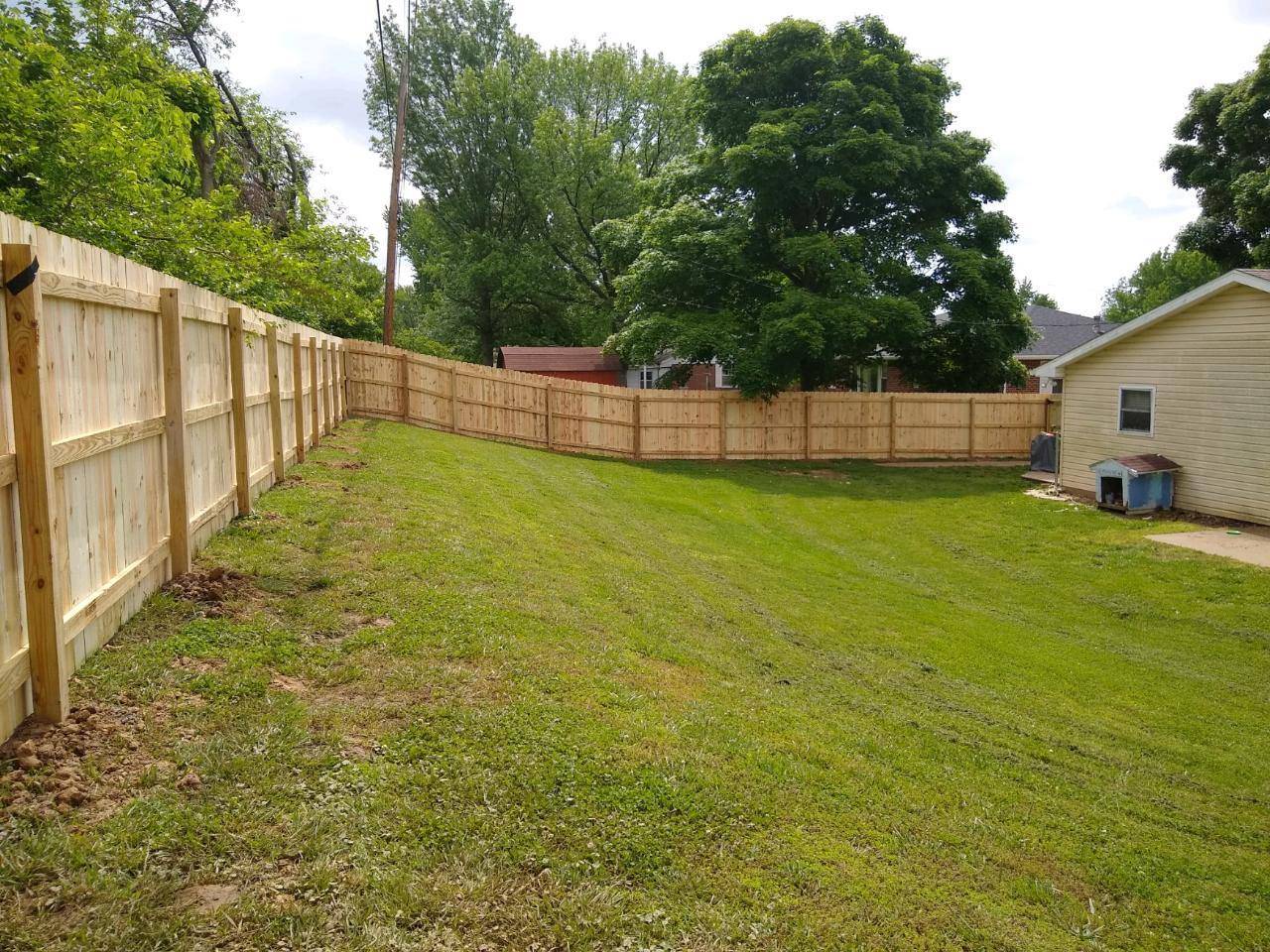
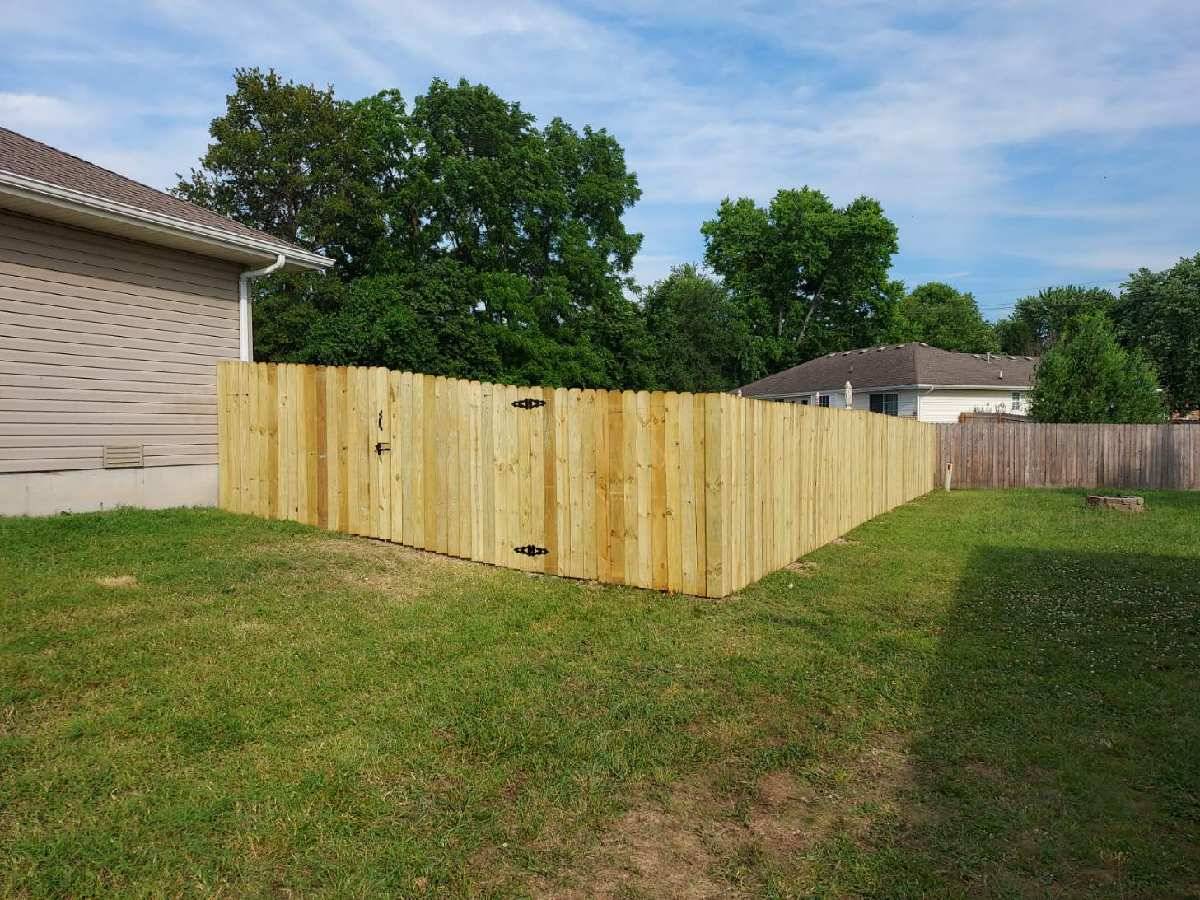
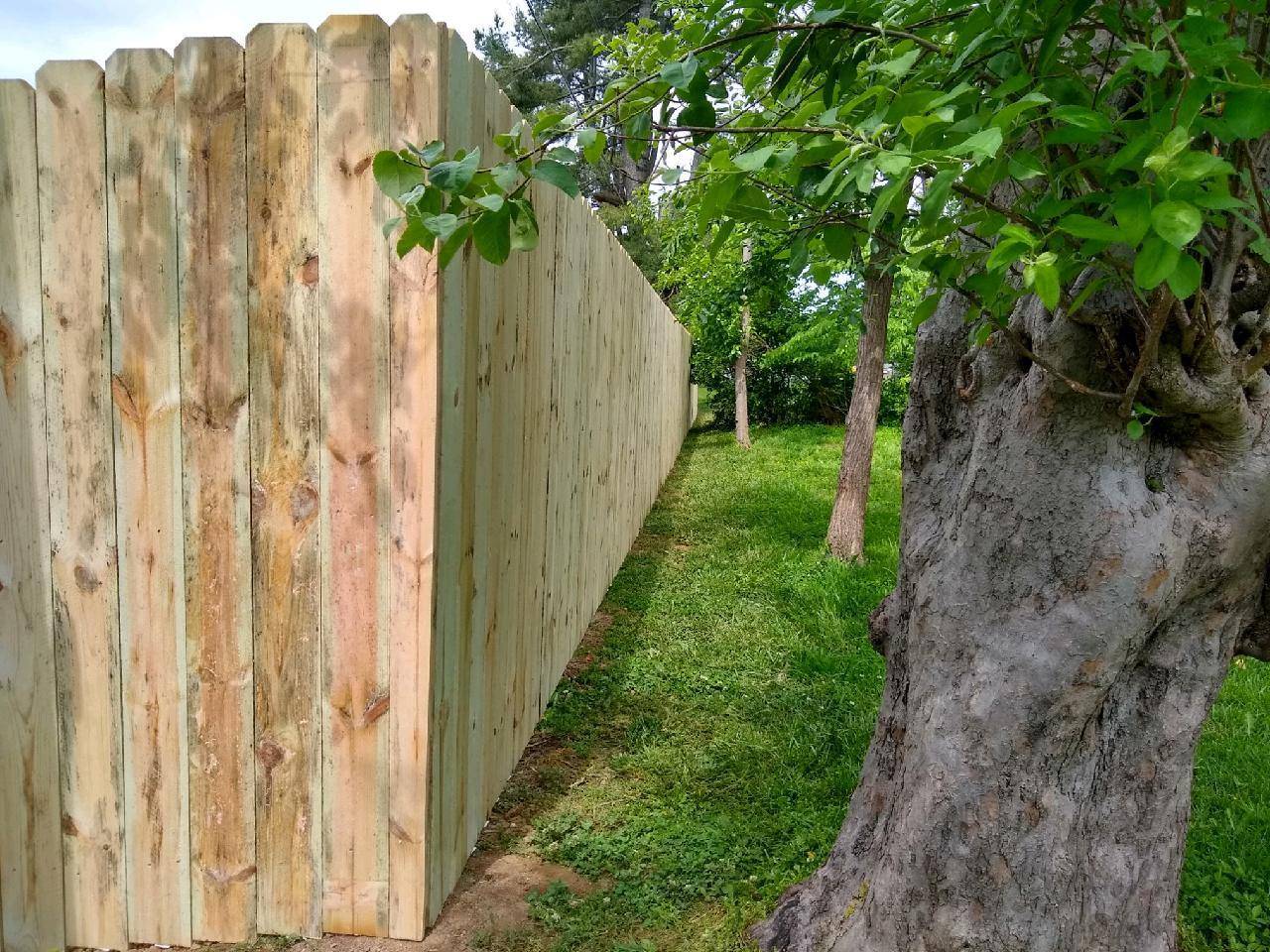

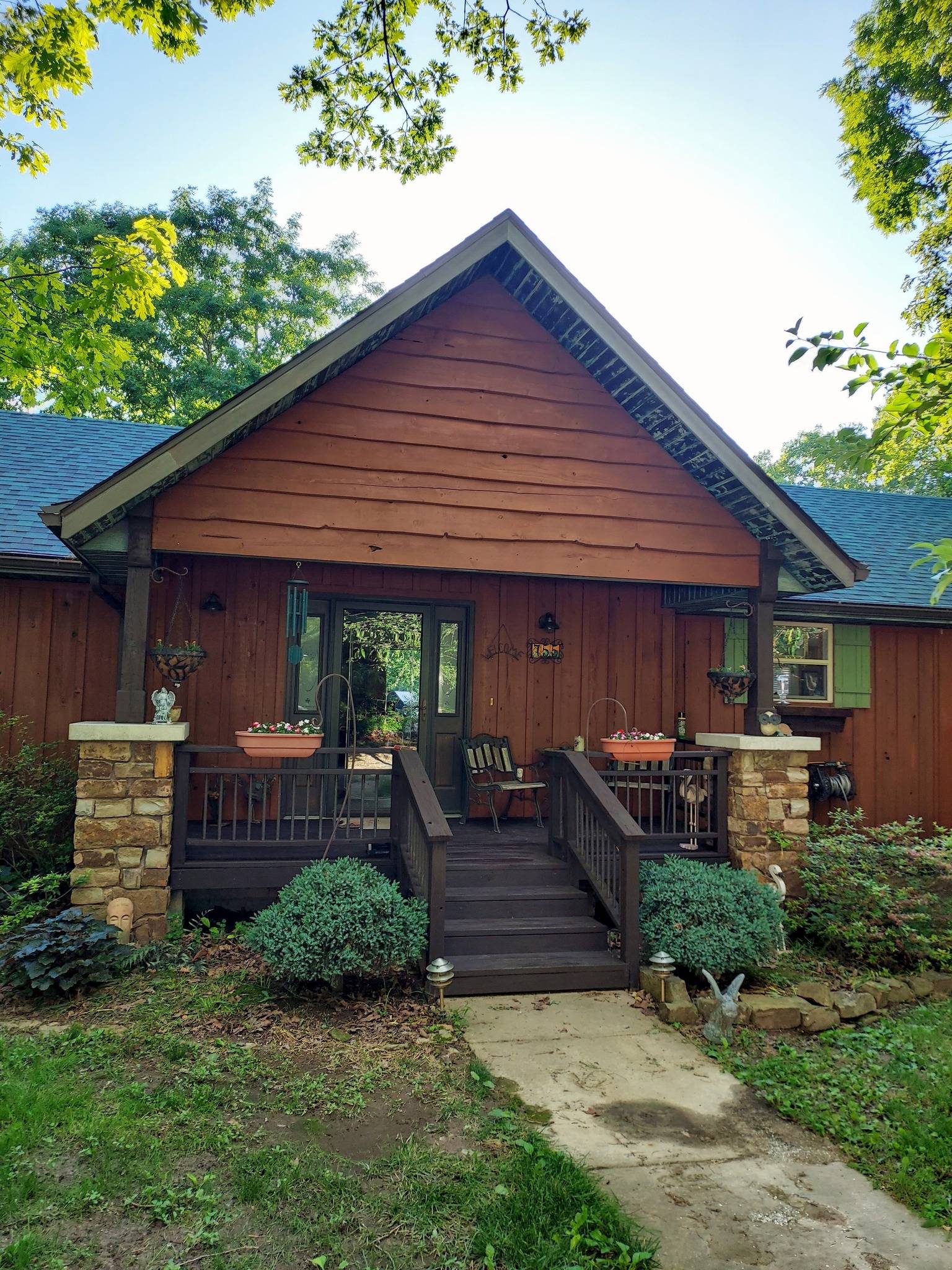



















360107762_846949746898177_6743741550707527909_n
johnson deck
256402315_1385090751924173_2362155608057287286_n
380889166_885972146329270_4437397055936858314_n
380882414_885972099662608_3593626262314194859_n
front porch
Marks deck
100906655_997390240694228_862083503485878272_n
fence
rick fence
tom porch

Materials
Treated lumber
- Primarily used for framing structure and as a budget friendly decking/railing surface
- More affordable upfront than any other decking surface option
- Average lifespan of 10-15 years depending on maintenance
- Requires 4-6 months of drying time after installation before staining or painting (most widely available pressure treated decking is fresh cut and contains high moisture content)
- Requires regular maintenance
Cedar
- An upgraded alternate option for decking/railing surface
- More costly upfront than treated lumber but still affordable
- Average lifespan of 20-30 years depending on maintenance
- Naturally rot resistant against insects and water (resistance wears over time)
- Requires 2-3 months of drying time after installation before staining or painting
- Requires somewhat regular maintenance, but less so than treated lumber
Hardwood lumber
- Most available/popular species are Brazilian
- More costly upfront than Cedar, and depending on species more costly than most composites
- Incredibly durable and resistant to weather and insect damage
- Does not require stain, but standard dry times are a non-factor if you choose to stain after completion
- Average lifespan depending on species 25-75 years
- Nearly maintenance free
- The best option by far for traditional wood decking
Composites
- More costly upfront than any traditional wood decking with the exception of some hardwoods
- Durable and resistant to water and insect damage, however, will fade with sunlight exposure just like traditional woods
- Tends to absorb heat quickly making for a very hot surface in warm climates
- Cannot be refinished (unless you opt to paint over it and lose the grain appeal)
- Prone to warping if installed incorrectly (typically requires more framing materials and expertise)
- Average lifespan depending on quality of 10-30 years (has only been around for a few decades)
Metals
- Typically used as an upgraded railing feature, but also used as durable framework
- Durable construction and longevity
- More costly than traditional wood railings
- Multiple design features and options
- Primarily aluminum or steel
- Prone to heat absorption
- Prone to scratching the finish
Coverings
- Roofs and pergolas
- Decking will maintain durability for much longer if screened in and covered with a permanent roof to protect from insects, rain, and sunlight.
- Pergolas without a continuous roof offer shade and moderate decking protection from sunlight, but cannot better protect against rain or insects. Pergolas with a continuous roof system, however, can offer partial or complete shade and protect the decking from water, but not insects.
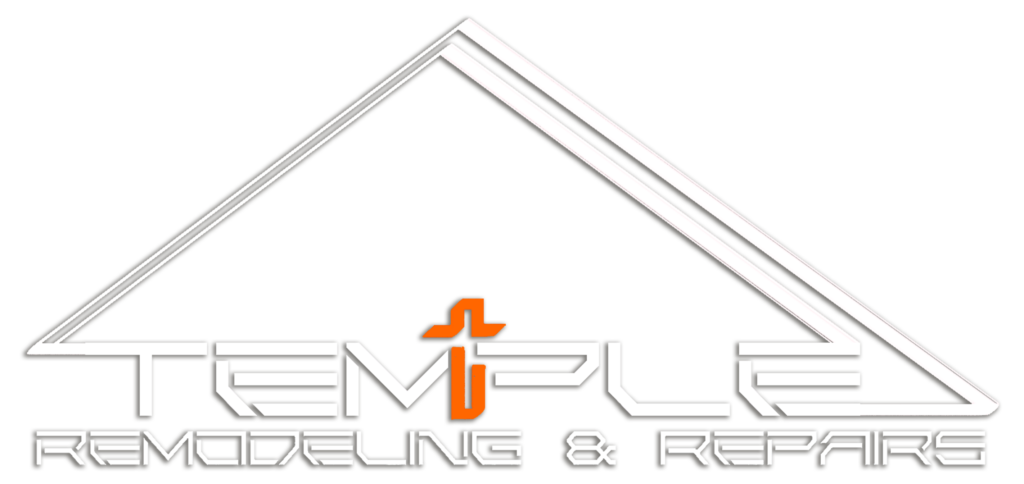
A High-quality Repair and Remodeling Company in Springfield, MO. Provides Free Consultations.
Committed to Customer Satisfaction.
Quick Links
Open Hours
- Monday-Friday: 9am-6pm
